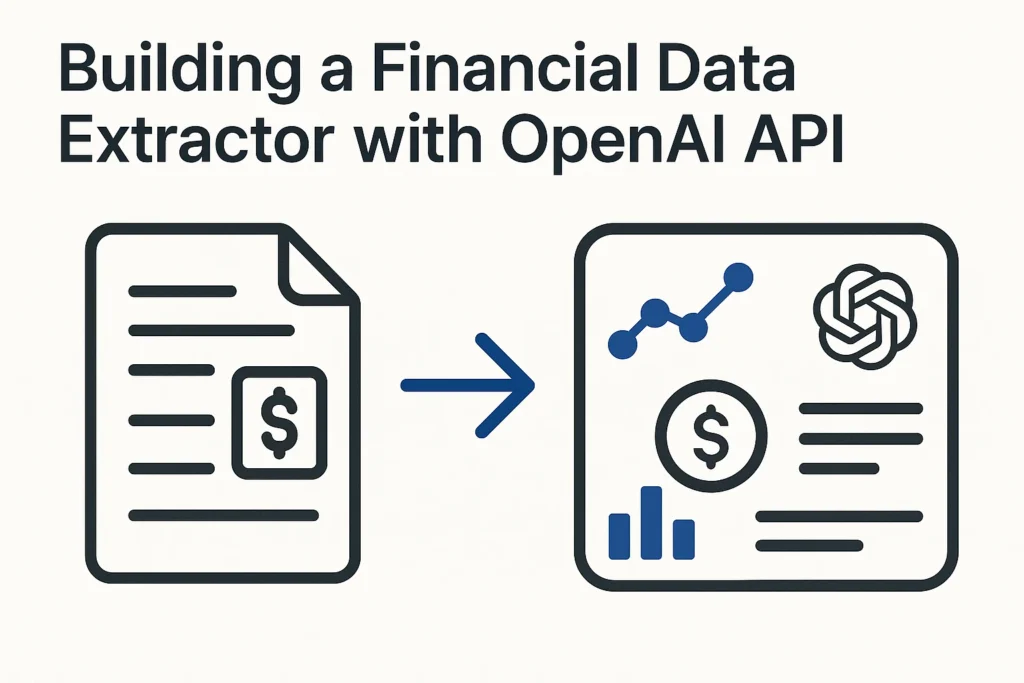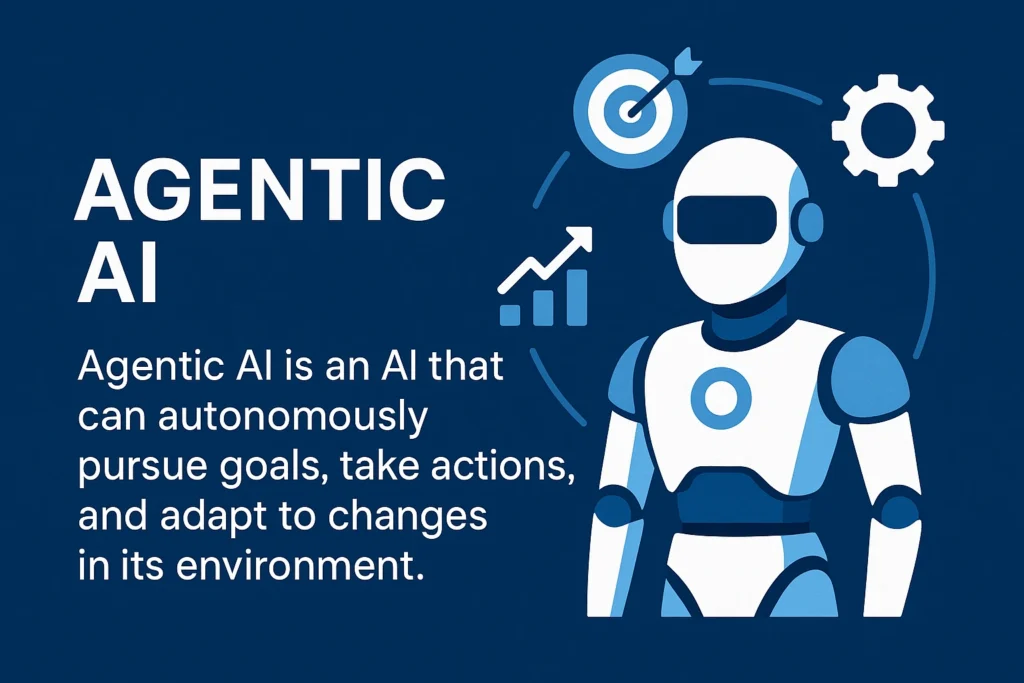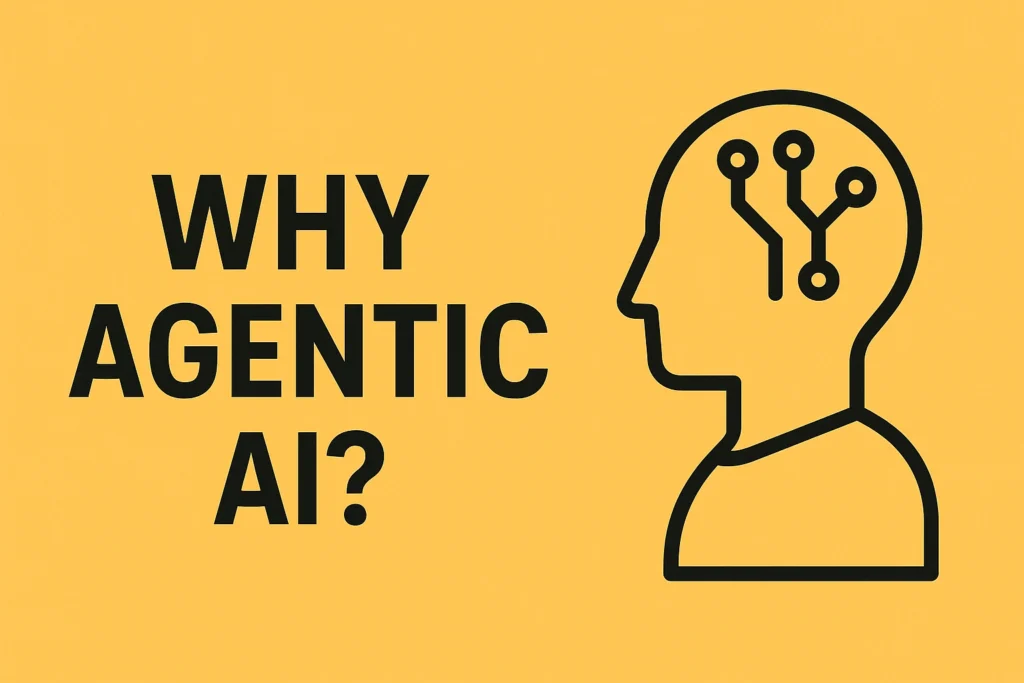Table of Contents
ToggleBuilding a Financial Data Extractor with OpenAI API

Building a Financial Data Extraction Tool with OpenAI API
This detailed tutorial document reviews the main areas and most important ideas presented in, "OpenAI Api Crash Course For Beginners | Financial Data Extraction Tool Using OpenAI API."
I. Summary
This tutorial provides a beginner-friendly guide to leveraging the OpenAI API (the backend for ChatGPT) to build a financial data extraction tool. The core idea is to automate the extraction of key financial information (company name, revenue, net income, etc.) from news articles using Large Language Models (LLMs). The author emphasizes that while traditional approaches exist, LLMs offer a "most cutting-edge approach" for this task. The tutorial covers setting up the OpenAI environment, making API calls, crafting effective prompts, parsing JSON responses, and building a user-friendly web interface using Streamlit. A key takeaway is the LLM's ability to understand natural language nuances and synonyms (e.g., "net profit" and "net income"), a significant advantage over traditional rule-based systems.
II. Main Areas & Key Concepts
1. OpenAI API Fundamentals for Beginners:
- Account Creation and API Key Management: The first step involves creating an account on openai.com and obtaining an API key (starting with "SK-"). Users are advised to save this key securely and avoid hardcoding it directly in their main script. The tutorial suggests creating a separate
secret_key.pyfile for this purpose. - Free Credit Availability: OpenAI provides a "$5 free credit" which is "more than enough for this project," making it accessible for beginners to experiment.
- Importing the OpenAI Module: Python users need to install the
openaimodule (pip install openai) and import it into their code. - Chat Completion API: The primary API endpoint used is
openai.chat.completions.create. - Model Selection: Users need to specify a model. GPT-3.5 Turbo is recommended for general tasks due to its speed and cost-effectiveness, while GPT-4 is more suitable for complex tasks requiring higher accuracy, despite being "little costly."
- Response Structure: API responses are JSON objects. To extract the desired content, users typically access
response.choices[0].message.content.
2. Building a Financial Data Extraction Tool:
- Problem Statement: The goal is to "extract key information such as companies name Revenue net income Etc" from financial news articles.
- Leveraging LLMs over Traditional Methods: The presenter contrasts the LLM approach with "traditional approaches" used at Bloomberg, highlighting the LLM's superior natural language understanding.
- Prompt Engineering for Data Extraction:
- Clear Instructions: Prompts must clearly state what information to retrieve (e.g., "retrieve company name Revenue net income from this article").
- Desired Output Format: Crucially, the prompt can instruct the LLM to "return the responses as a valid Json string" in a specified format. This ensures structured output, making programmatic parsing much easier than free-form text.
- Constraint Setting: It's vital to instruct the LLM on behavior, specifically "if you can't find information from this article don't make things up." This prevents the LLM from hallucinating data.
- External Knowledge Integration: For certain fields like "stock symbol," the prompt can allow the LLM to "use some outside information" (its general knowledge base), while for others (revenue, net income), it should "use the information from this article only."
- Iterative Refinement: The presenter notes that effective prompts are developed through "couple of tries."
3. Python Integration and Data Handling:
- Appending News Articles to Prompts: The news article text is dynamically appended to the predefined prompt string before sending it to the API.
- JSON Parsing: The
jsonmodule (json.loads()) is used to convert the LLM's JSON string output into a Python dictionary. Atry-exceptblock is recommended for robust error handling in case the returned string is not valid JSON. - Pandas DataFrames for Structured Data:
- The extracted dictionary data is converted into a Pandas DataFrame, specifically with "measure" and "values" columns for easy display.
- An "empty data frame" is returned in case of extraction errors, maintaining consistent output.
- Modular Code Design: The core OpenAI API interaction logic is encapsulated in a separate file (e.g.,
openai_helper.py) for better organization and reusability.
4. Building a User Interface with Streamlit:
- Streamlit as a Rapid UI Development Tool: Streamlit (
pip install streamlit) is presented as a powerful tool for data scientists to "build your data science applications very quickly" without extensive web development knowledge (Flask, React, etc.). It's ideal for "proof of concept demo." - Basic Streamlit Components:
st.title(): For application titles.st.text_area(): To create a large editable text box for pasting news articles.st.button(): To trigger the extraction process.st.dataframe(): To display the extracted financial data in a structured table.
- Layout Management (
st.columns()): Streamlit'sst.columns()feature is used to create a two-column layout, allowing the news article input to be on the left and the extracted data table on the right. This improves the UI's user experience. - UI Refinements: The tutorial shows how to refine the DataFrame display by:
- Hiding the default index (
hide_index=True). - Configuring column widths (
column_config). - Adjusting vertical alignment using Markdown (
st.markdown(").
")
- Hiding the default index (
- Wiring the UI to the Backend: The
st.button()'sifblock triggers theextract_financial_datafunction, passing the news article text from thest.text_areaand displaying the resulting DataFrame.
5. Advantages of LLMs for Financial Data Extraction:
- Semantic Understanding: A critical advantage highlighted is the LLM's ability to understand synonyms and nuances in financial terminology, such as recognizing that "net profit" and "net income" refer to the same concept. The presenter states, "this is the benefit of using llm it understands that these two terms are same – if you're using some regular expression some manual traditional approach this will be a mess."
- Adaptability: LLMs are more flexible than rigid rule-based systems in handling variations in language and phrasing found across different news articles.
III. Important Facts & Instructions
- OpenAI API Key Security: Do not hardcode your API key directly in your main script. Use a separate file (e.g.,
secret_key.py) and import it. - Install Dependencies:
pip install openaiandpip install streamlit. - Model Choice: Use GPT-3.5 Turbo for most tasks due to cost and speed; consider GPT-4 for higher accuracy on complex tasks.
- Prompt Engineering is Crucial:
- Be explicit about desired output (e.g., JSON format).
- Instruct the LLM not to "make things up" if information is missing.
- Guide the LLM on when to use article-specific information versus its general knowledge.
- Error Handling: Implement
try-exceptblocks when parsing JSON responses from the API to handle potential malformed strings. - Practice is Key: The presenter repeatedly stresses, "This is not a Netflix movie it's like learning swimming if you can't jump into the pool you can't learn it so you have to practice along with me."
- Career Relevance: "NLP fill is booming and llms are kind of very hot right now it's a hot skill in terms of job market."
Frequently Asked Questions
Financial Data Extraction Tool: Using OpenAI API
The main goal of the crash course is to teach beginners how to use the OpenAI API, specifically for building a financial data extraction tool. This tool can extract key financial information (like company name, revenue, net income, etc.) from news articles, similar to projects previously done at Bloomberg using traditional methods, but now leveraging cutting-edge LLMs (Large Language Models).
To begin, you need to create an account on openai.com and obtain your unique API key (which starts with SK-). This key is crucial for authenticating your API calls and should be stored securely, ideally not directly in your code but in a separate file like secret_key.py. Additionally, you'll need to install the openai Python module using pip install openai.
The tool interacts with the OpenAI API using the openai.chat.completions.create method. It sends a carefully crafted prompt that includes instructions on what data to extract (e.g., company name, revenue, net income) and the news article content. For the model, GPT-3.5 Turbo is recommended for its speed and cost-effectiveness, especially for less complex tasks. GPT-4 is an option for more complex tasks where higher accuracy is paramount, though it is more expensive.
Prompt engineering is critical because it dictates the quality and format of the extracted data. The tutorial emphasizes instructing the LLM to return responses in a valid JSON string format, which makes parsing the data in Python much easier. It also highlights the importance of explicitly telling the LLM "don't make things up" to prevent it from hallucinating information, while also allowing it to use its general knowledge for certain fields like stock symbols.
The extracted financial data, initially received as a JSON string, is processed using the json module to convert it into a Python dictionary. This dictionary is then converted into a structured tabular format using the pandas library (specifically pd.DataFrame). For creating a user interface (UI) to display this data, the streamlit library is used, which simplifies the development of interactive web applications for data science projects.
Using an LLM offers significant advantages over traditional approaches (like regular expressions). LLMs possess a deep understanding of language and context, allowing them to recognize synonyms (e.g., "net profit" and "net income" are the same), interpret natural language, and adapt to varying article structures without explicit rule-based programming. This semantic understanding makes the extraction process more robust, accurate, and flexible, especially when dealing with diverse financial news articles.
The Streamlit UI is designed with two main sections using st.columns: a larger left column for a st.text_area where users paste news articles, and a smaller right column for a st.dataframe to display the extracted financial data. An st.button triggers the extraction process. Streamlit's st.title, st.text_area, st.button, st.dataframe, and st.markdown (for layout adjustments) components are used to create a functional and visually appealing application quickly, without needing extensive web development skills.
The tutorial strongly emphasizes hands-on practice, comparing it to learning to swim – you can't learn without jumping into the pool. OpenAI provides a generous $5 free credit, which is more than enough to build this financial data extraction tool end-to-end. Building such a tool is highlighted as a valuable addition to one's resume, demonstrating practical skills in a booming field like NLP and LLMs, which are currently highly sought after in the job market.


